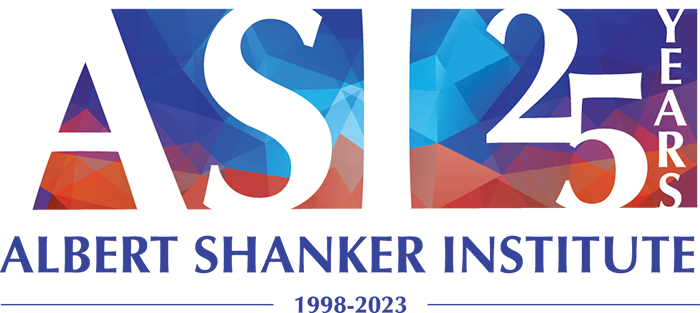Rick Hess’ Uber Driver Speaks Out
Our guest author is Leo Casey, Shanker Institute executive director emeritus.
I was out pounding the streets the other day, and a ride for Rick Hess at the American Enterprise Institute popped up on my driver’s app. Geez, I thought to myself, not him again. But I have to put food on the table and clothes on the back of my kids, so I headed over to AEI.
Ten minutes late, Rick jumps into my car, and starts in. “I want to ask you about…” I interrupted him: “Rick, before we get into what you want to talk about, I want to ask you a question first.”
